LLNL researchers and collaborators are unraveling the secrets of beta-delayed neutrons using cutting-edge experimental techniques.
Beta-delayed neutrons are the unsung heroes of nuclear physics. Because they increase the reactor period, they allow for controllable fission chain reactions, creating a safe, reliable, carbon-neutral source of energy. Their influence extends far beyond our Earth-bound affairs, impacting the distribution of heavy elements formed in the cosmic crucibles of supernovae and neutron star mergers. Our research aims to unravel the mysteries of beta-delayed neutrons, providing insight into nuclear reactions as well as the Standard Model.
Our cutting-edge technique
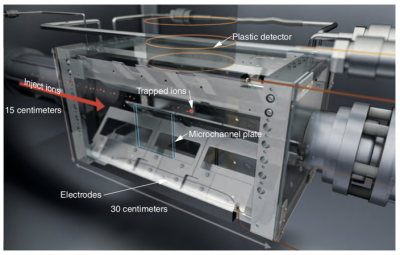
At the heart of our research is the beta-decay Paul trap (BPT). Most beta-delayed neutron experiments rely on direct detection of the neutrons, resulting in low efficiencies and/or poor resolution. We repurposed the BPT—a radio frequency quadrupole trap originally designed to measure beta-neutrino angular correlations—for a revolutionary new approach to beta-delayed spectroscopy. In this approach, the recoiling nucleus, not the neutron, is measured, an opportunity not feasible in traditional experiments.
This technique includes mass separating neutron-rich fission fragments produced from the spontaneous fission of californium-252 at the CARIBU facility at Argonne National Laboratory. We deliver the resulting isotopically pure beams to the BPT vacuum chamber. There, radio frequency and direct current electric fields confine the radioactive ions into a small cloud where they undergo beta decay while essentially at rest. Two dE-E telescopes, placed at 90° from each other, detect the emitted beta particles. Opposite the dE-E telescopes are a pair of microchannel plate detectors to detect the recoil ions.
We measure the time-of-flight difference between the detected beta particle and recoil ion to determine the momentum of the recoil ion. If the beta decay event results in neutron emission, the recoiling nucleus gets a large momentum kick, reducing its time-of-flight and allowing for discrimination between beta decay with and without neutron emission. Additionally, conservation of momentum allows for neutron energy reconstruction.
We have used this technique to successfully measure the delayed neutron branching ratios and neutron energy spectra for eight isotopes.
Building on past success
We are building on the success of the BPT through the construction of the beta recoil trap (BEARtrap), which is designed specifically for beta-delayed neutron studies. With a smaller trap diameter, larger detectors, an electrode redesign, and the addition of a separate loading trap, BEARtrap will be approximately four times as efficient as the BPT in detecting beta-ion coincidences. Once online, BEARtrap will study those isotopes most needed for nuclear reactor design and stellar r-process nucleosynthesis calculations.
The BPT/BEARtrap team includes our collaborators at Argonne National Laboratory, the University of California, Berkeley, Louisiana State University, the University of Chicago, and the University of Notre Dame.
Featured publications
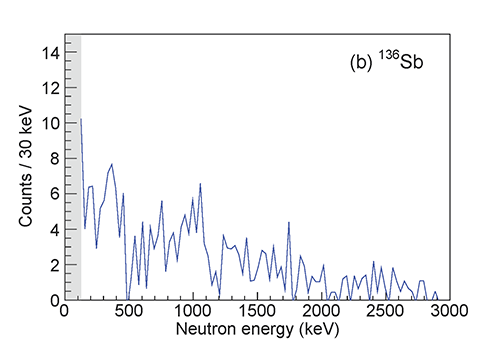
β-delayed-neutron studies of 135,136Sb and 140I performed with trapped ions | Phys. Rev. C, 2020
B.S. Wang, et al
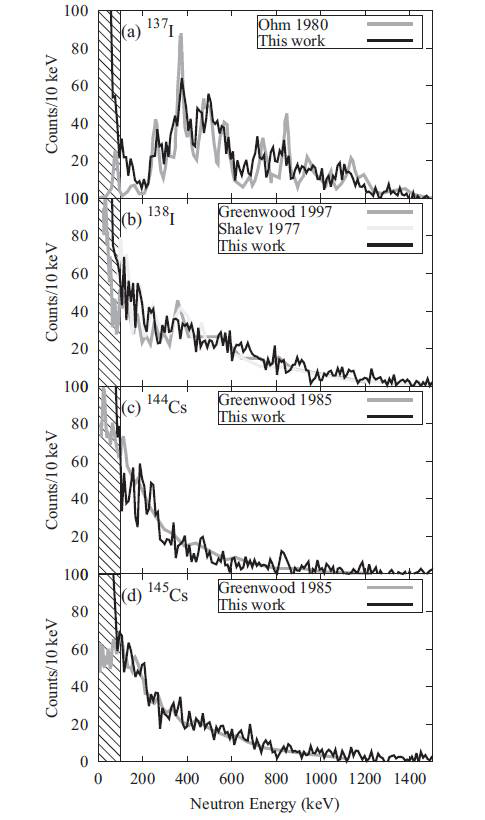
β-delayed neutron emission studies of 137,138I and 144,145Cs performed with trapped ions | Phys. Rev. C, 2020
A. Czeszumska, et al
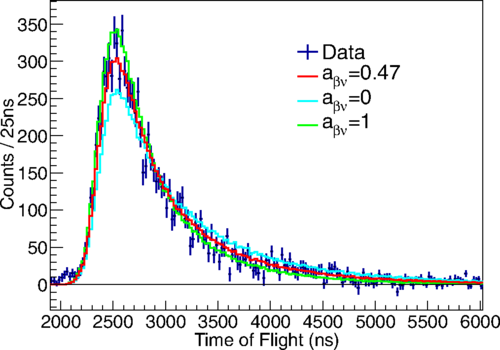
Recoil ions from the β decay of 134Sb confined in a Paul trap | Phys. Rev. C, 2018
K. Siegl, et al
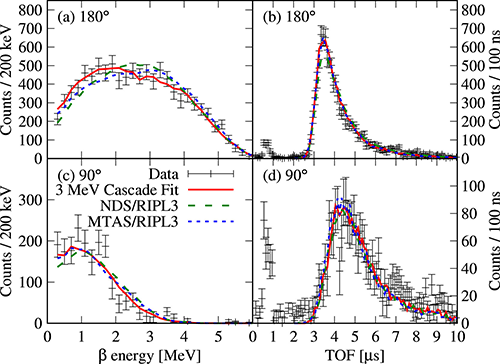
Recoil-ion detection efficiency for complex β decays studied using the Beta-decay Paul Trap | Nuc. Inst. Meth. A, 2018
J. Munson, et al
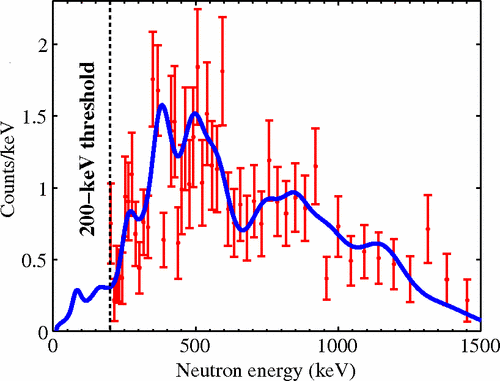
β-Delayed Neutron Spectroscopy Using Trapped Radioactive Ions | Phys. Rev. Lett., 2013
R.M. Yee, et al




